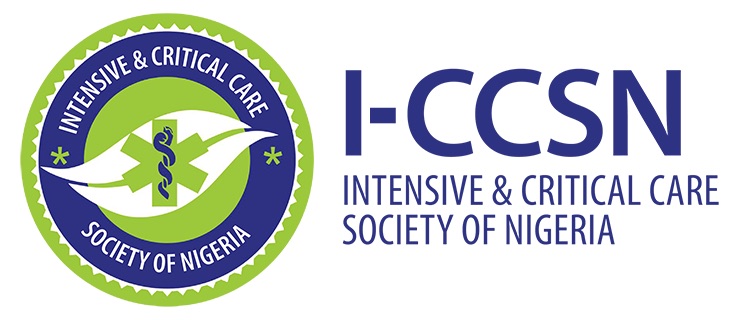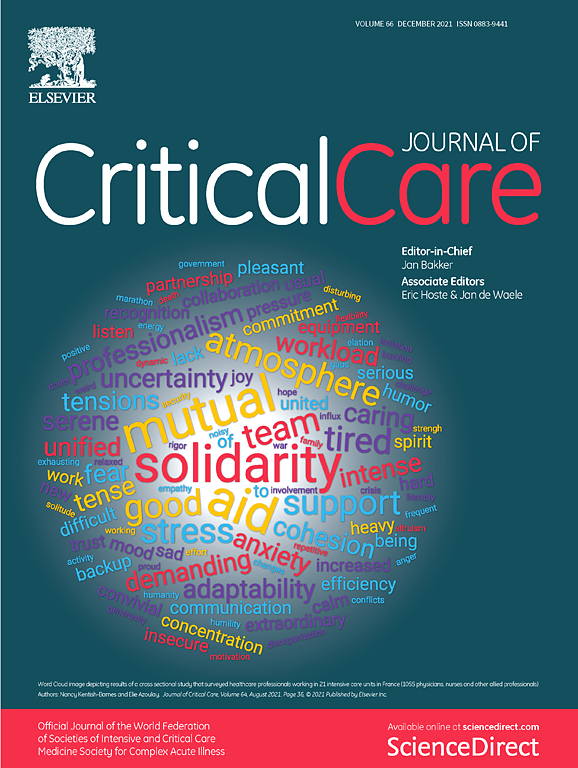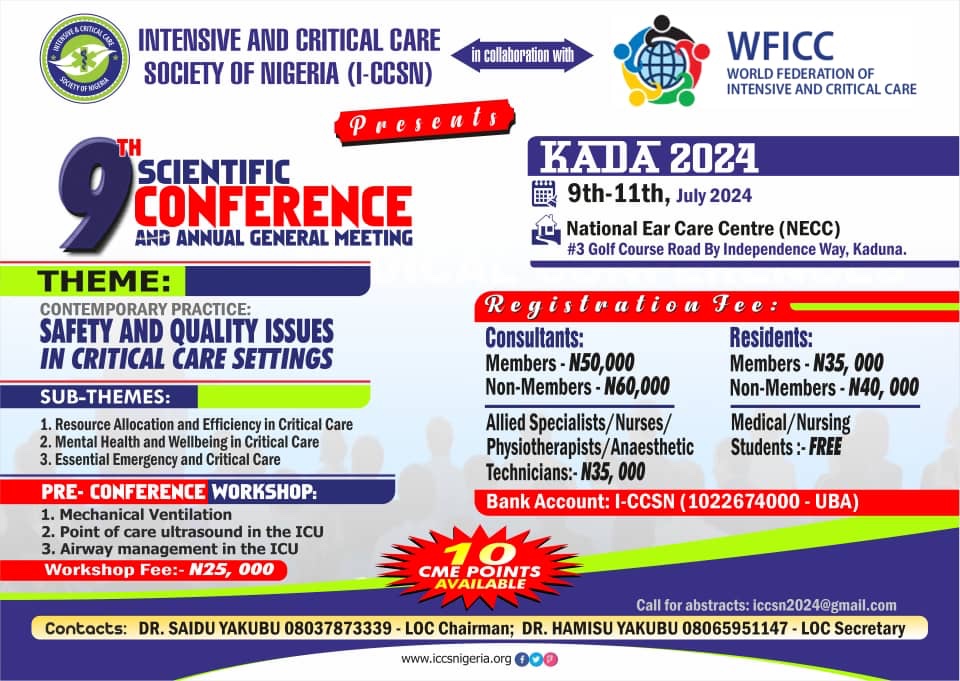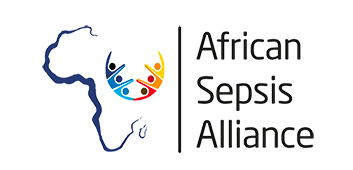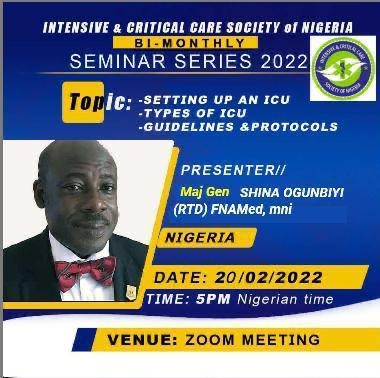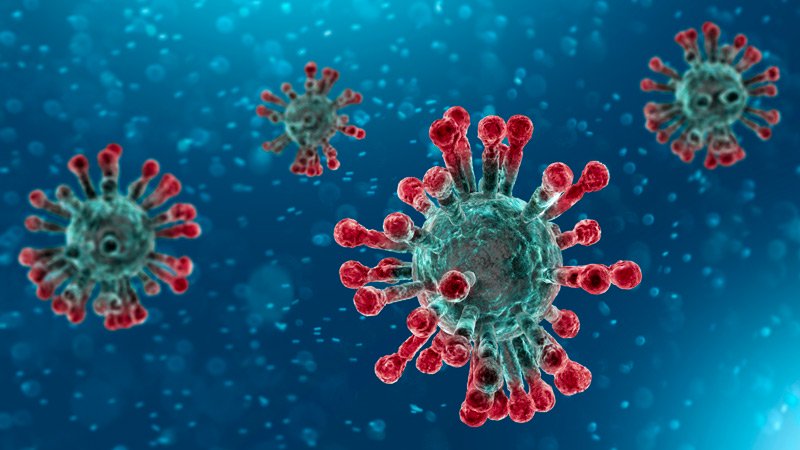Highlights
Obashina Ogunbiyia Arinola Sanusib Babatunde Osinaikec Saidu Yakubud Muyiwa Rotimie Oluwabunmi Fatungasef
a Intensive and Critical Care Society of Nigeria, c/o Department of Anaesthesia, Lagos University Teaching Hospital, Idi-Araba, Lagos State, Nigeria
b Department of Anaesthesia, University of Ibadan/University College Hospital, Ibadan, Oyo State, Nigeria
c Department of Anaesthesia, University of Ibadan/University College Hospital, Ibadan, Oyo State, Nigeria
d Department of Anaesthesia, Ahmadu Bello University Teaching Hospital, Zaria, Kaduna State, Nigeria
e Department of Anaesthesia, Lagos University Teaching Hospital, Idi-Araba, Lagos State, Nigeria
f Department of Anaesthesia, Olabisi Onabanjo University Teaching Hospital, Sagamu, Ogun State, Nigeria
- First study to objectively provide an overview of Intensive Care Unit (ICU) services in Nigeria.
- Most ICUs in Nigeria are general, open model with the Anaesthetist as Director.
- Low ICU bed capacity and deficits in basic and advanced haemodynamic monitoring equipment observed.
Abstract
Purpose
To have a current overview of the state of critical care services in Nigeria, with a view to having information about the basic infrastructure, personnel, equipment, and processes in place to complement the acute peri-operative and medical emergencies in Nigeria.
Materials and methods
This was a cross-sectional survey of public and private intensive care units (ICUs) in Nigeria at the instance of the Intensive and Critical Care Society of Nigeria. Structured questionnaires were sent and collated over a 4-month period. Information on the institutions, ICU equipment and personnel were collected and analyzed using SPSS version 21(Chicago, Illinois). Data are presented in numbers, percentages, medians, and interquartile ranges (IQR) as appropriate.
Results
A total of 30 ICUs spread within all the six geo-political zones in Nigeria took part in this survey. Majority (63.3%) of them were located in teaching hospitals. The median number of ICU beds and equipment in hospitals surveyed were beds, 5(4–6), ventilators, 3 (1–4); multiparameter monitor, 4 (3–5.25) and arterial blood gas machine, 0(0–1). The anaesthetists led in running 90% of the units.
Conclusion
This survey showed a low ICU bed capacity and deficits in basic and advanced haemodynamic monitoring equipment. There is also shortage of trained ICU Physicians.
